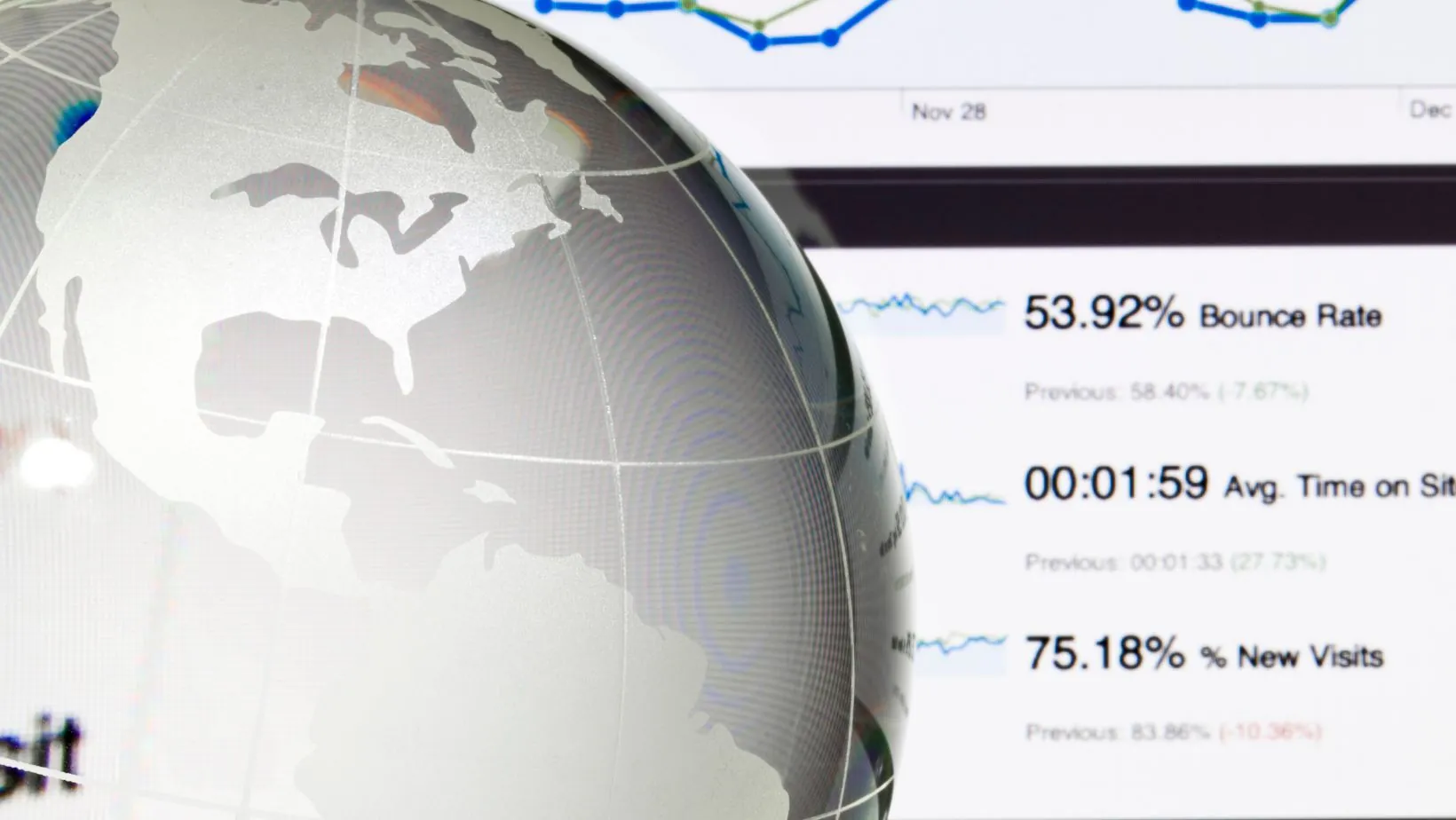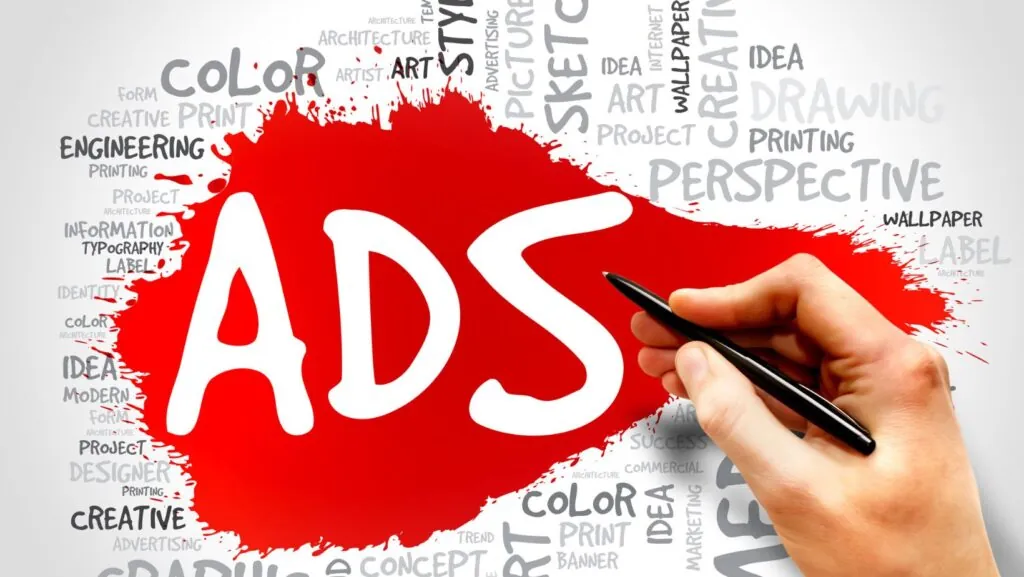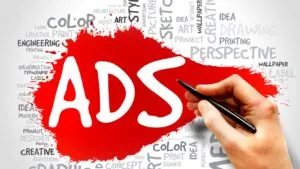In 2025, mastering Google ad optimization is the key to building sustainable ad performance, lowering costs, and increasing conversions. With AI-powered bidding, dynamic ad formats, and smarter audience segmentation, Google Ads has evolved into a data-driven ecosystem. The question is no longer “Should you optimize?” but “How well can you optimize?”
If you want your campaigns to perform efficiently, you need to combine automation with strategic oversight. Below is a concise Google Ads Optimization Checklist that outlines the critical actions for advertisers aiming to achieve the highest ROI.
Google Ads Optimization Checklist for 2025
| Optimization Focus | Key Actions | Goal / Outcome |
| Campaign Setup | Segment by intent, audience, and device type. | Improve targeting precision |
| Keyword Optimization | Refine match types, add negative keywords, and cluster by search intent. | Reduce irrelevant clicks |
| Ad Copy & Creatives | Test headlines, CTAs, and visuals using A/B or responsive search ads. | Increase CTR & relevance |
| Bidding Strategies | Use Target CPA, Target ROAS, or Smart Bidding based on conversion data. | Maximize efficiency with automation |
| Landing Page Optimization | Align page design with ad messaging and mobile experience. | Boost conversion rates |
| Ad Extensions | Add sitelinks, callouts, and price extensions. | Improve ad visibility & CTR |
| Tracking & Analytics | Integrate GA4, set conversion goals, and analyze data weekly. | Enable continuous performance tracking |
| Quality Score Management | Monitor ad relevance, CTR, and landing page speed. | Lower CPC and improve ad rank |
What Is Google Ad Optimization?
Google ad optimization is the continuous process of improving your Google Ads campaigns for better visibility, engagement, and return on ad spend (ROAS). It involves analyzing campaign data, refining keywords, optimizing ad copy, testing bidding strategies, and improving landing page experiences.
Optimization ensures your ads reach the right people, at the right time, with the right message—maximizing both impact and efficiency.
In 2025, this process has become more intelligent than ever, blending AI automation with human strategy to achieve consistent, scalable growth.
Why Google Ad Optimization Matters More Than Ever
Google’s advertising algorithms now analyze thousands of data points—context, user behavior, intent, and even creative patterns—to determine ad placement. Without optimization, your campaigns are flying blind.
A well-optimized campaign can:
- Lower cost-per-click (CPC) by improving Quality Score.
- Boost conversion rates through better targeting.
- Increase ad visibility via stronger relevance signals.
- Deliver higher ROI by allocating spend efficiently.
Simply put: optimization transforms your Google Ads from a cost center into a profit driver.
Proven Tips for Google Ad Optimization in 2025
Let’s break down the best practices every marketer should follow to dominate search and display performance this year.
1. Build a Solid Campaign Structure
The foundation of successful Google ad optimization is how you organize your campaigns.
- Separate campaigns by intent (branded, competitor, generic).
- Use ad groups with tightly themed keywords.
- Avoid mixing multiple goals (e.g., lead gen and awareness) in one campaign.
A clean structure makes performance tracking and budget control significantly easier.
2. Refine Your Keyword Strategy
Keyword optimization remains the heartbeat of every campaign.
- Focus on search intent rather than volume alone.
- Maintain a healthy list of negative keywords to avoid wasted spend.
- Use broad match modifiers wisely, and leverage phrase and exact matches for precision.
Pro Tip: Analyze the Search Terms Report weekly—it reveals the real queries that trigger your ads.
3. Craft Engaging Ad Copy & Creatives
Strong ad copy captures attention and improves click-through rate (CTR).
- Use emotion-driven headlines like “Save More, Get Faster Results.”
- Highlight benefits, not just features.
- Include dynamic keyword insertion (DKI) for contextual relevance.
- Test variations through Responsive Search Ads (RSAs).
Humanize your copy—speak to problems, solutions, and results, not just product specs.
4. Choose Smart Bidding Strategies
In 2025, manual CPC is nearly obsolete.
Leverage AI-powered bidding models such as:
- Target CPA (Cost Per Acquisition) – For conversion-focused goals.
- Target ROAS (Return on Ad Spend) – For revenue efficiency.
- Maximize Conversions – When optimizing for lead generation.
Still, monitor your performance weekly; automation needs human calibration to avoid overspending or misaligned targeting.
5. Improve Landing Page Experience
Your ad may get the click, but the landing page closes the deal.
- Ensure the landing page matches the ad intent and messaging.
- Keep the layout clean with a single, clear call-to-action (CTA).
- Optimize mobile speed—load times above 3 seconds drastically reduce conversions.
- Test multiple page variations to identify what converts best.

An optimized landing page can increase conversions by 20–50% compared to generic destinations.
6. Utilize Ad Extensions for Maximum Impact
Extensions increase both visibility and credibility.
Use:
- Sitelink Extensions for directing to specific pages.
- Callout Extensions for key selling points.
- Structured Snippets for product/service categories.
- Price Extensions to attract purchase-ready audiences.
These small additions often raise CTR by 10–20%—a simple yet powerful optimization.
7. Track, Measure & Analyze Performance
Data is your optimization compass.
- Connect Google Ads with GA4 to unify campaign and conversion insights.
- Track micro-conversions (scrolls, form interactions, clicks) for deeper analysis.
- Use segmented dashboards to identify trends by device, location, and audience type.
When your tracking is clean, your optimization decisions become far more accurate.
Advanced Most Practices for 2025
To stay ahead, elite advertisers combine traditional optimization with modern automation:
- Leverage AI insights: Platforms like WASK Optimize and Optmyzr provide predictive performance scores and automated improvement suggestions.
- Use audience layering: Combine demographic, interest, and behavioral targeting for deeper personalization.
- Adopt Performance Max campaigns: Let Google’s AI handle multi-channel placements while you control creative direction.
- Continuously test creatives: Even AI-optimized ads need human creativity to stand out.
Automation doesn’t replace strategy—it amplifies it.
Common Mistakes to Avoid
Even skilled marketers fall into these traps:
- Ignoring negative keyword management.
- Using one-size-fits-all landing pages.
- Neglecting ad schedule optimization.
- Forgetting to test new formats like video ads and Discovery campaigns.
- Over-relying on automation without reviewing data trends.
Optimization is iterative—consistent monitoring beats one-time fixes.
Final Thoughts: Continuous Improvement Is the Secret
Successful advertisers understand that Google ad optimization never ends. Every campaign is an evolving experiment—your best-performing ad today might be average tomorrow.
Stay proactive: analyze results weekly, test new ad variations, and align your messaging with audience intent. In 2025, the winning formula blends AI precision with human creativity.





